Contents
Learning Korean
with a Smile
Reading&Writing Hangeul
Adrian Perrig
Ah-yeong Yu
Heejo Lee
Yeon Yim
www.creativecommons.org

Attribution

NonCommercial

NoDerivs Unported
ISBN : 1478140747
ISBN-13 : 9781478140740
Fr Heidi Perrig - Adrian Perrig
For King Sejong - Ah-yeong Yu
To my parents in a peach orchard - Heejo Lee
For Clara Moon - Yeon Yim
Acknowledgments
We are greatly indebted to numerous people for helping us with this book. In the early stages of Adrians Korean studies, he would like to thank Hyun Jin Kim and Juyeong Lee for patiently supporting his initial inquiries. In the early stages of the book, we would like to thank Chloe Fung for her comments and suggestions, in particular for her support for diagram-based depiction of concepts. We also thank Eunah Kim for her suggestions for improvements. Lili Avery, Marco Gruteser, Collin Jackson, and Hyun Jin Kim have read versions of the book and provided valuable feedback that helped us greatly improve the book. Thanks to everyone!
Moving forward, we are looking forward to hearing comments and suggestions on how to further improve this book. With your encouragement and support, we anticipate to publish a complete Korean study book, to enable you to study the language with a smile!
For comments & suggestions
Email us at
Visit us at www.smile-korean.com
When you first learn Korean, you will first smile, but eventually you will cry!
These were the encouraging words of my first Korean teacher, intended to test my determination, possibly to ensure that shes not wasting her time on someone who will give up after the second lesson. I thought I could see through her plan and answered with confidence No problem, I can handle it!
As I soon found out, she was not trying to play a trick on me, but she was simply stating a fact. Indeed, starting to learn Korean starts with learning reading and writing. Although seemingly cryptic at first sight, one can learn the phonetic writing system within a few hours and even start decoding and pronouncing simple words after a few minutes. So initially, I was smiling so big that the corners of my mouth were touching my ears.
After a short while, however, reality sunk in. I realized that learning Korean is quite difficult and seemingly basic concepts appeared impenetrable and confusing at first. Fortunately, thanks to my excellent teachers, we figured out simple tricks that could cut through the jungle of complexity, and help avoid the most tears of desperation.
With an engineering background, one would like to understand why things are the way they are. Rote memorization doesnt work well for everyone. Moreover, once a pattern becomes clear and makes sense, it is much easier to understand, remember, and apply. Consequently, our goal was to find simple explanations for concepts to simplify your studies.
In this book, we will help you unlock the secrets of Hangeul (the Korean script) reading and writing. Within two hours, you can learn the basic characters and pronounce many words. So the beginning is really easy. However, a significant amount of complexity needs to be overcome to master the numerous special cases and exceptions. The best way to use this book (and keep you sane) is to solidly learn the basics and initially only skim over the more complex concepts. As you make progress learning Korean, we recommend you to revisit the complex pronunciations as they arise, and internalize them over time. Throughout this book, we will point out and encourage you to focus on the most important concepts, to save the less frequently used concepts for your later studies to becoming a Korean master.
A major difference of this book is that we do not stop short teaching printed Hangeul. In our own experience, one can carefully learn nicely typed Hangeul yet be dumbfounded or even dumbstruck not being able to decipher some newspaper text, artistically typed characters, or especially handwritten characters. Fortunately, a small amount of practice gets one far a minimal amount of training enables one to decipher all but the wildest writing styles.
Similarly, typing Hangeul on keyboards can be intimidating at first, especially on cell phones, but with an ounce of knowledge one can prevent a pound of frustration.
Lets get started, and we hope that we will help you learn Korean reading and writing while retaining your smile!
Introduction
In this book, we will study how to read and write Hangeul, the Korean character script. Compared to other Asian languages, the Korean script is simple to learn: in as few as two hours of study, you can already pronounce the majority of characters and read simple words. This is exciting, as this enables you to pronounce any Korean writing which you will likely encounter even outside Korea.
1. History of Hangeul
Before the creation of Hangeul, the majority of people such as farmers, fishers, hunters, butchers, craftsmen, or clothiers could not read or write : only members of the highest class were literate. Despite the substantial difference between Korean and Mandarin, Chinese characters had been used to write Korean, which King Sejong observed as a cumbersome condition.
To help people read and write regardless of their age, gender, education level, or social position, King Sejong decided to create simple letters that anyone can learn.
King Sejong said :
Until now, we have not had letters proper for our language. I feel sorry for my people who cannot express their thoughts in writing. So I release 28 new letters myself. I name them Hun Min Jeong Eum (



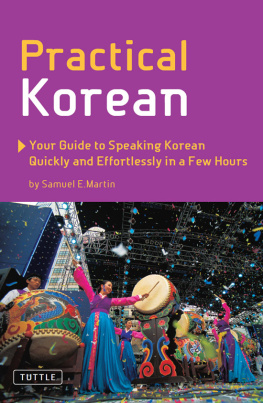

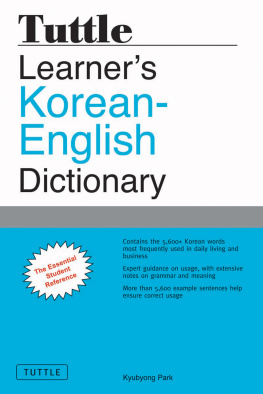
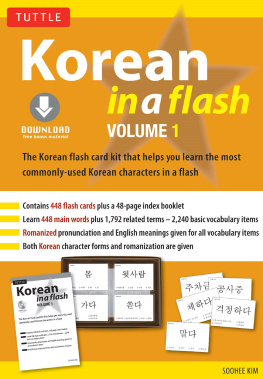
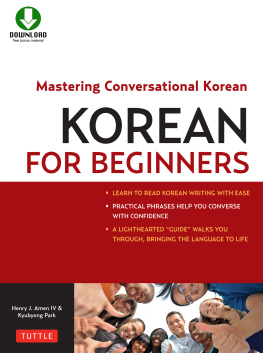


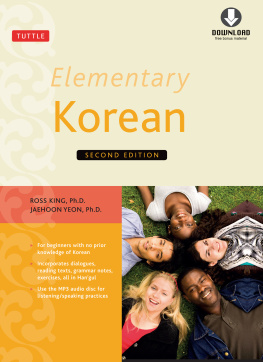
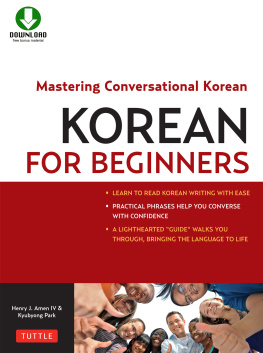


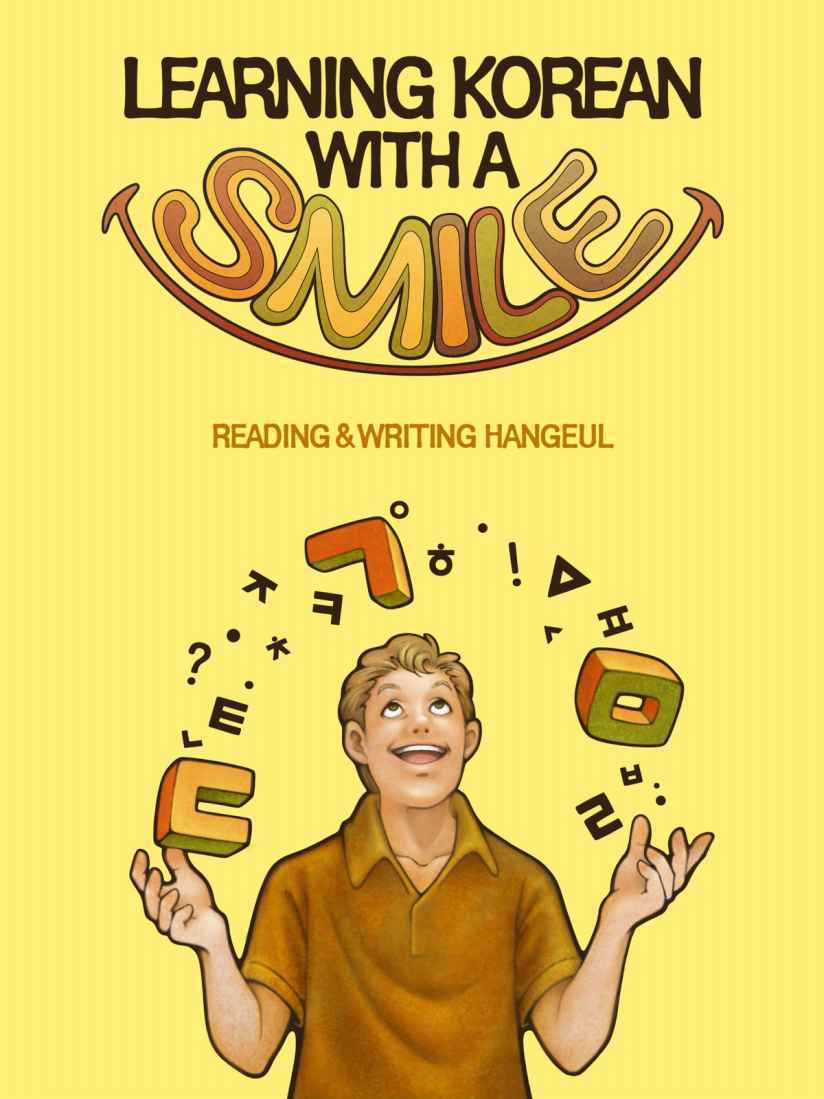

 Attribution
Attribution  NonCommercial
NonCommercial  NoDerivs Unported
NoDerivs Unported







